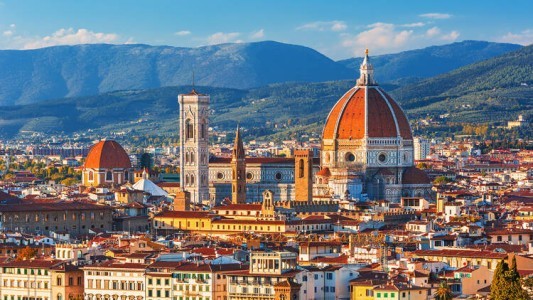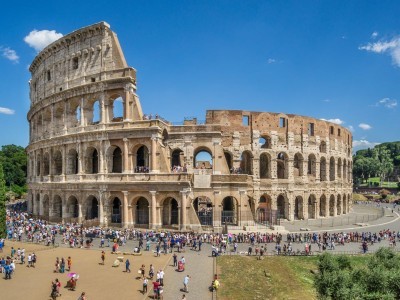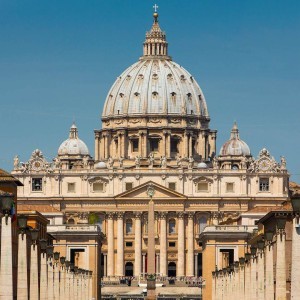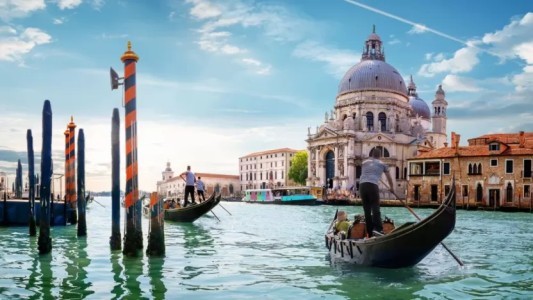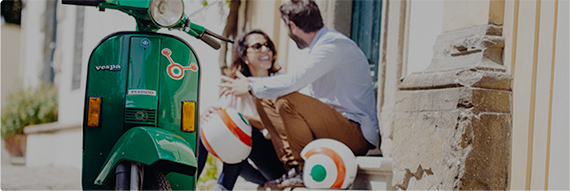Gold in Florence
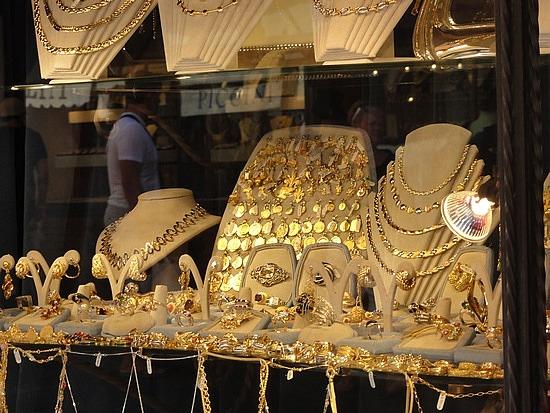
Gold and jewellery making made its way into the Florentine tradition relatively late in comparison with the other artisan traditions, but had a long-lasting effect on Florence. While goldsmiths were doing all right making garlands of gold wire and pearls for women's headdresses, it was Lorenzo the Magnificent, himself a fond collector of gold jewellery, particularly cammeos, who greatly influenced and created plentiful work for goldsmiths in the 1400s. The goldsmiths' studios originally took up much of Via Por Santa Maria before moving on to the Ponte Vecchio, and the quality of their work was strictly controlled by the guilds with rules such as artisans had to work in public view.
A goldsmith was the “jack of all trades” of his time, and they were not limited to just jewellery making, but also often made objects, sculptures, boxes, buttons and book covers. Sculptors, artists and architects often had their initial training in goldsmith studios – Brunelleschi, Donatello, Ghiberti, Botticelli and Verocchio (Leonardo da Vinci's master) are just a handful of the many who began as goldsmiths before creating the Renaissance's greatest buildings and most memorable sculptures and paintings.
In the next century, Benvenuto Cellini made goldsmithing an infamous profession, writing about the secrets of his profession in his controversial biography. Shortly after, in 1593 the Medici duke, Ferdinando I, decided to bring the goldsmiths and jewellers to the Ponte Vecchio (replacing the putrid butcher shops which has traditionally been there) and they have remained ever since. Throughout this period, gold ornaments and accessories were just as popular as they are today: buckles, brooches, hair pins, garlands, medals, cammeoes, were all common accessories.
Today, Italy is one of the top producers of fine gold jewellery in the world, with the majority of gold production concentrated in central and northern Italy. In Tuscany, the town of Arezzo is one of the world's most important centres of gold jewellery production, a tradition that dates back to the city's ancient Etruscan origins. Florence's goldsmithing tradition is still active, many of the shops themselves still producing in house their own designs. Just as goldsmiths in the Renaissance worked with an incredible dexterity and attention to detail, goldsmiths today take pride in their traditions, many of them still using traditional techniques and designs.
To see more, visit the Casa degli Orafi, a community of historic goldsmiths studios near the Ponte Vecchio, or see artisans at work such as the goldsmith family of Oro Due, Marco Baroni and the eccentric Alessandro Dari. The Ponte Vecchio is still a must for a gawk at the glittery and expensive gold shops, and of course, the picturesque and historic location.
Oro Due: Via Lambertesca, 12
Marco Baroni: Via dei Renai, 3
Alessandro Dari: Via San Niccolo, 115r



